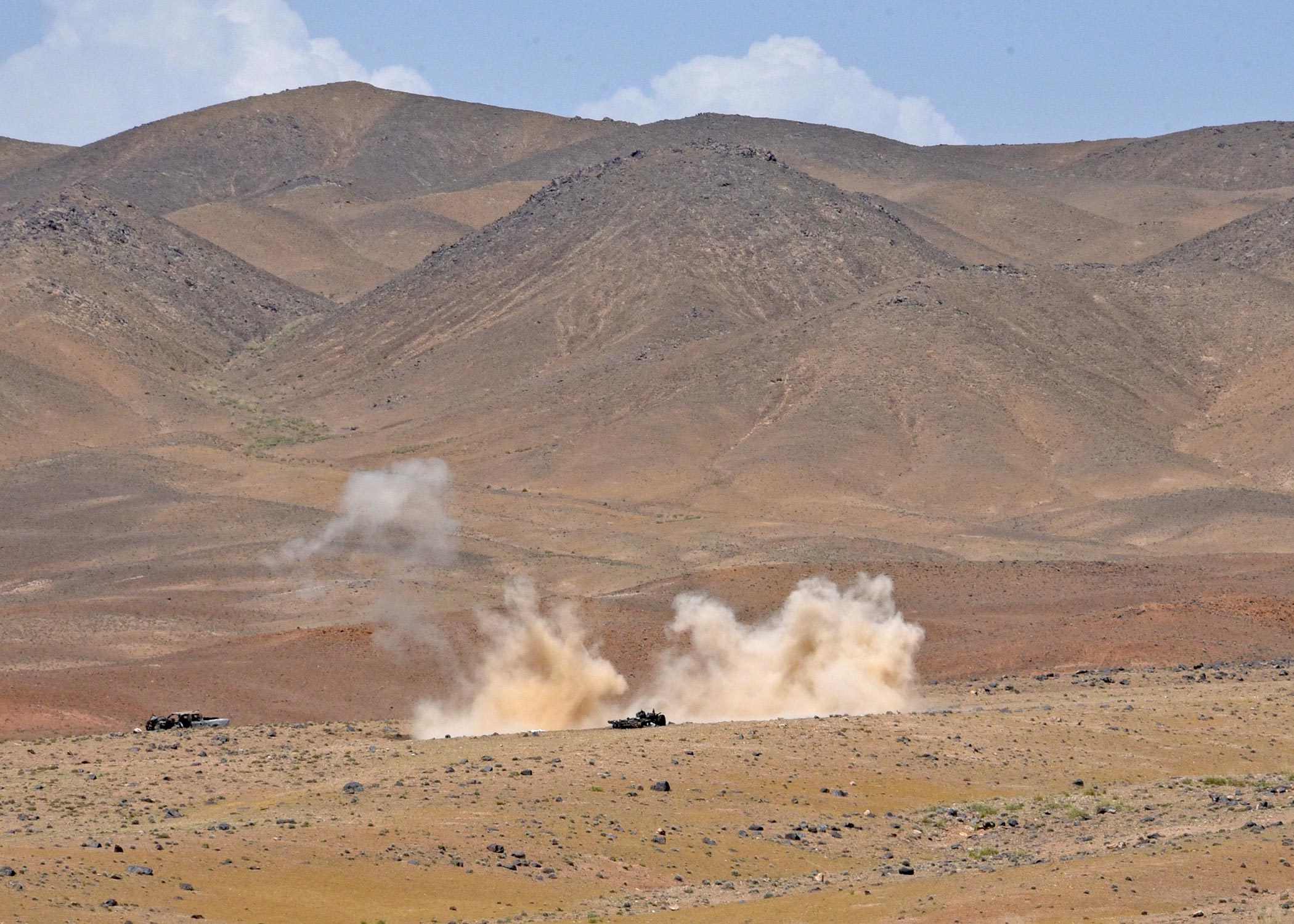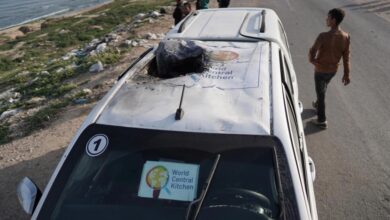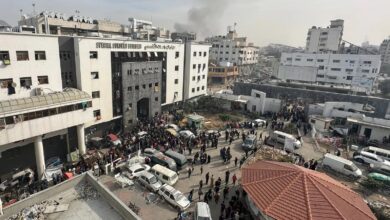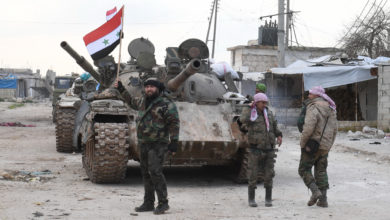Afghanistan civilian deaths from airstrikes on the rise
The number of civilians in Afghanistan killed by aerial operations has increased in the first half of 2019 even as the overall number of civilian casualties declines, the United Nations mission in the country said Tuesday.
In a report released on July 30, U.N. Assistance Mission in Afghanistan noted that the overall civilian casualty toll is down 30% compared to 2018, a year that saw a record-high level of civilian casualties.
UNAMA said aerial operations from January through June killed and injured 519 people – with 363 dead – a 39% increase in civilian casualties from airstrikes compared to the same period last year. The figures include 89 children who were killed and 61 injured.
The report attributed 83% of civilian casualties from airstrikes to international forces, 9% to the Afghan Air Force and 8% to undetermined pro-government forces. The United States is the only international force known to carry out airstrikes in Afghanistan.
“While the number of injured decreased, the number of civilians killed more than doubled, highlighting the lethal character of this tactic,” the report said.
“UNAMA continues to express concern about the rising level of civilian harm as a result of aerial operations, particularly those conducted in support of Afghan forces on the ground and strikes on civilian structures.”
The overall death and injury tolls may be much higher than UNAMA figures suggest. Afghan forces and the U.S.-led NATO Resolute Support mission are regularly accused of killing and injuring civilians in indiscriminate airstrikes. The NATO mission says it follow the highest standards of accuracy and accountability and works to avoid harm to civilians.
In April, UNAMA said Afghan pro-government forces were responsible for more civilian deaths than anti-government elements during the first quarter of the year.
“Parties to the conflict may give differing explanations for recent trends, each designed to justify their own military tactics,” UNAMA Human Rights Chief Richard Bennett said on Tuesday. “The fact remains that only a determined effort to avoid civilian harm, not just by abiding by international humanitarian law but also by reducing the intensity of the fighting, will decrease the suffering of civilian Afghans.”
Afghan and international forces have been fighting a Taliban insurgency in the country for nearly 18 years, while the U.S. is also contending with the local Islamic State affiliate called Khorasan Province.
UNAMA said that the Taliban and ISKP were responsible for the majority of overall civilian casualties – both deaths and injuries – in the first half of the year, with 38% attributed to the Taliban, 11% to Islamic State and 3% to “unidentified” anti-government elements.
Just last week the Taliban killed at least 10 people in a series of suicide bombings throughout the capital Kabul, and 20 people were killed over the weekend in an attack on the election office of vice presidential candidate Amrullah Saleh.
Earlier in July, at least eight people were killed and dozens more wounded when a bomb detonated near a Kabul university while students were waiting to take an exam, an attack for which the Taliban has denied involvement.
In the first talks between Afghan government representatives and the Taliban held in Doha earlier this month, the two sides agreed “points to reach a sustainable peace” which included a commitment “to minimize the civilian casualties to Zero.”












6 Comments